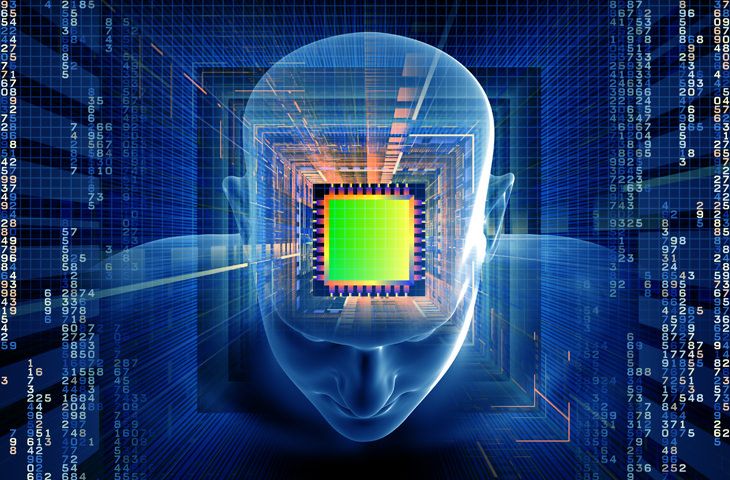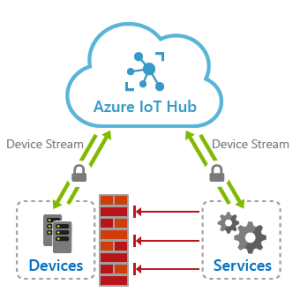
The Latest Advancements in Computer Memory Technology
Computer memory technology has witnessed remarkable advancements in recent years, revolutionizing the way we store and access data. From faster and more efficient memory modules to groundbreaking breakthroughs in storage capacities, the tech industry continues to push the boundaries of what is possible. In this article, we will explore some of the latest advancements shaping the future of computer memory technology.
1. DDR5 Memory
DDR5 (Double Data Rate 5) memory has emerged as the next-generation standard for system memory, offering significant improvements over its predecessor DDR4. The key advantages of DDR5 memory lie in its increased bandwidth and speed, allowing for faster data transfer rates between the processor and memory modules. With higher clock speeds and enhanced power efficiency, DDR5 memory represents a significant leap forward in performance for a wide range of computing tasks.
2. Optane Memory
Intel’s Optane Memory technology combines the speed of solid-state drives (SSDs) with the capacity of traditional hard disk drives (HDDs). It utilizes 3D XPoint memory, which provides better read and write speeds compared to conventional NAND flash memory. Optane Memory is designed to accelerate system performance by caching frequently accessed data, resulting in faster boot times, quicker application launches, and improved overall responsiveness. This technology is particularly beneficial for computers with slower storage options like HDDs.
3. HBM (High Bandwidth Memory)
HBM, or High Bandwidth Memory, offers a revolutionary design for graphics cards and other high-performance computing devices. Instead of traditionally placing memory modules around the GPU, HBM stacks multiple memory layers directly on top of the processor. This vertical integration greatly improves bandwidth and efficiency, resulting in faster data transfer rates and reduced power consumption. HBM memory modules are now commonly found in advanced graphics cards, enabling smoother gameplay, higher resolutions, and better overall graphics performance.
4. MRAM (Magnetoresistive Random Access Memory)
MRAM, also known as Magnetoresistive Random Access Memory, offers a promising alternative to traditional memory technologies. Unlike volatile memory technologies like RAM or non-volatile technologies like NAND flash, MRAM combines the best of both worlds. It offers fast read and write speeds similar to that of RAM and retains data even when power is turned off, similar to NAND flash. Additionally, MRAM is more durable, has lower power consumption, and exhibits resistance to extreme temperatures and radiation. As MRAM technology continues to improve, it may eventually replace current memory technologies in certain applications.
5. Quantum Memory
Quantum memory represents a revolutionary approach to data storage and processing, leveraging the principles of quantum mechanics. Unlike classical memory that stores data using binary bits (0s and 1s), quantum memory stores and manipulates data using quantum bits called qubits. These qubits can exist in multiple states simultaneously, allowing for exponentially more data processing possibilities. While quantum memory is still in its early stages of development, scientists and researchers are actively exploring its potential applications, such as quantum computers and secure data encryption.
Conclusion
The latest advancements in computer memory technology have brought us closer to faster, more efficient, and reliable computing systems. DDR5 memory, Optane Memory, HBM, MRAM, and quantum memory are just a few examples of the extraordinary progress being made in this field. With these developments, we can expect enhanced performance, improved storage capacities, and the possibility of entirely new computing paradigms in the near future.

